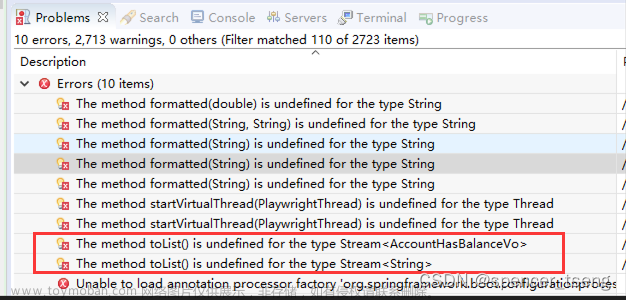Farmer John went to cut some wood and left N (2 ≤ N ≤ 100,000) cows eating the grass, as usual. When he returned, he found to his horror that the cluster of cows was in his garden eating his beautiful flowers. Wanting to minimize the subsequent damage, FJ decided to take immediate action and transport each cow back to its own barn.
Each cow i is at a location that is Ti minutes (1 ≤ Ti ≤ 2,000,000) away from its own barn. Furthermore, while waiting for transport, she destroys Di (1 ≤ Di ≤ 100) flowers per minute. No matter how hard he tries, FJ can only transport one cow at a time back to her barn. Moving cow i to its barn requires 2 × Ti minutes (Ti to get there and Ti to return). FJ starts at the flower patch, transports the cow to its barn, and then walks back to the flowers, taking no extra time to get to the next cow that needs transport.
Write a program to determine the order in which FJ should pick up the cows so that the total number of flowers destroyed is minimized.
Input
Line 1: A single integer N
Lines 2..N+1: Each line contains two space-separated integers, Ti and Di, that describe a single cow's characteristics
Output
Line 1: A single integer that is the minimum number of destroyed flowers
Sample
| Inputcopy | Outputcopy |
|---|---|
6 3 1 2 5 2 3 3 2 4 1 1 6 |
86 |
Hint
FJ returns the cows in the following order: 6, 2, 3, 4, 1, 5. While he is transporting cow 6 to the barn, the others destroy 24 flowers; next he will take cow 2, losing 28 more of his beautiful flora. For the cows 3, 4, 1 he loses 16, 12, and 6 flowers respectively. When he picks cow 5 there are no more cows damaging the flowers, so the loss for that cow is zero. The total flowers lost this way is 24 + 28 + 16 + 12 + 6 = 86.文章来源:https://www.toymoban.com/news/detail-704650.html
有 n 头奶牛跑到 FJ 的花园里去吃花儿了,它们分别在距离牛圈 Ti(这里指 FJ 到那里需要 Ti 分钟) 处吃花,每分钟会吃掉 Di 朵花,FJ 现在要将它们给弄回牛圈,但是他每次只能弄一头回去,来回用时总共为 2×Ti 分钟,在这段时间内,其它的奶牛会继续吃 FJ 的花,速度保持不变,当然正在被赶回牛圈的奶牛不能继续吃了。现在求在最好的方案下奶牛吃掉花的最小朵数。文章来源地址https://www.toymoban.com/news/detail-704650.html
#include <algorithm>
#include <cstring>
#include <iostream>
#include <queue>
#include <vector>
#include <map>
using namespace std;
const int N = 1e5 + 500;
typedef long long ll;
vector<pair<ll, ll>> vv;
ll a[N];
bool cmp(pair<ll, ll> p1, pair<ll, ll> p2)
{
return p1.first * p2.second < p2.first * p1.second;
//送牛一回去的时间牛二吃草量小于送牛二回去牛一的吃草量
//则优先送牛一回去,以此规律排序
}
int main()
{
ll n, sum = 0; scanf_s("%lld", &n);
for (ll i = 0; i < n; i++)
{
ll n1, n2; scanf_s("%lld%lld", &n1, &n2);
vv.push_back(make_pair(n1, n2));
}
sort(vv.begin(), vv.end(), cmp);
for (int i = 0; i < vv.size(); i++) a[i] = a[i - 1] + vv[i].second;
for (int i = 0; i < vv.size(); i++) sum += 2 * vv[i].first * (a[vv.size() - 1] - a[i]);
cout << sum << endl;
}
到了这里,关于I - Protecting the Flowers的文章就介绍完了。如果您还想了解更多内容,请在右上角搜索TOY模板网以前的文章或继续浏览下面的相关文章,希望大家以后多多支持TOY模板网!









